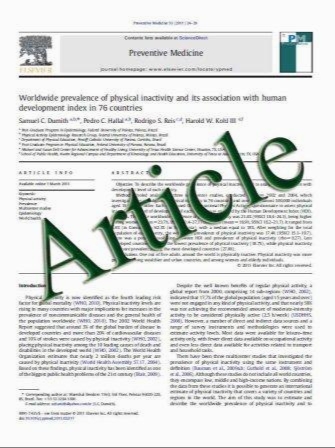Endonasal phototherapy signiWcantly alleviates symptoms of allergic rhinitis, but has a limited impact on the nasal mucosal immune cells
- نوع فایل : کتاب
- زبان : انگلیسی
- مؤلف : Detlef Brehmer · Michael P. Schِn
- چاپ و سال / کشور: 2011
Description
The literature documents the fact that UV irradiation of cutaneous Langerhans cells (LC) in vivo prevents the development of contact allergy and produces longlasting immunosuppression. However, not much is known about the eVect of UV irradiation on the LC of the nasal mucosa and their connection with clinical scores. Local antigen presentation may be necessary for both primary and recall T cell responses to birch pollen in patients with hay fever. Endonasal phototherapy combination of UVB (5%), UVA (25%) and visible light (70%) utilises the immunosuppressive eVects of UV irradiation. The aim of this study was to correlate clinical symptom scores with possible changes in the LC of the nasal mucosa induced by UV radiation. The clinical eVectiveness of this form of treatment is discussed. Nasal biopsies were obtained from ten birch pollen- sensitive patients with seasonal rhinitis before and after endonasal phototherapy. All patients showed a signiWcant clinical beneWt post-treatment as assessed by standardised instruments, including total nasal symptom score, nasal congestion score, nasal itching score, sneezing score, nasal secretion score and impairment-to-health score. However, we found no signiWcant morphological changes, to, or quantitative diVerences in, the CD1a+, CD4, CD8 or CD31 cells before and 14 days after treatment. Despite the positive clinical eVect, the study revealed no eVect of UV irradiation on the LC and other analysed cells of the nasal mucosa immune system. Possible reasons for this are discussed.
Eur Arch Otorhinolaryngol (2011) 268:393–399, Received: 11 July 2010 / Accepted: 20 August 2010 / Published online: 3 September 2010 © Springer-Verlag 2010


